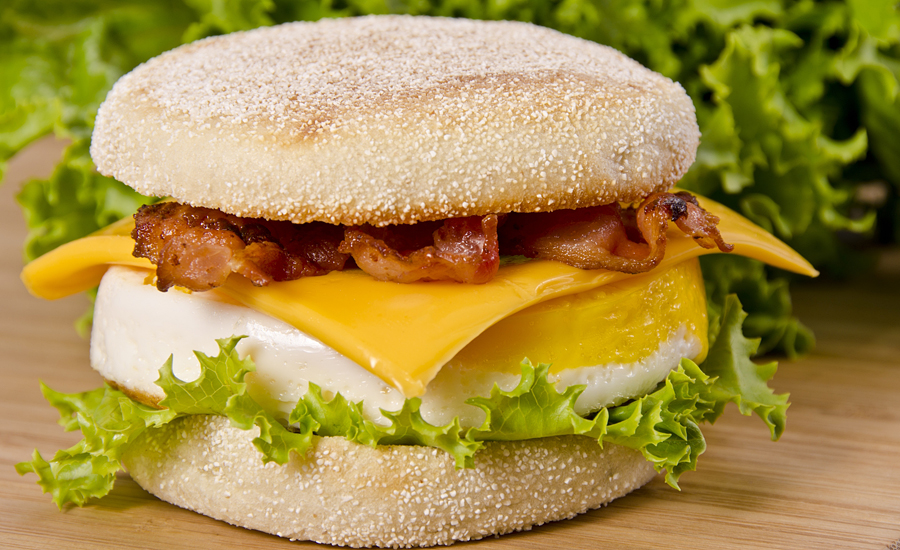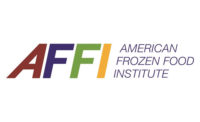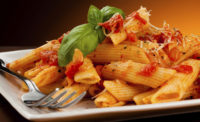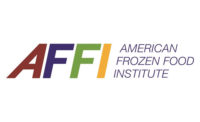The American Frozen Food Institute (AFFI), Arlington, Va., and Food Marketing Institute (FMI), Arlington, Va., released “The Power of Frozen 2019,” an inaugural exploration into the consumption, purchase drivers and use of frozen foods, identifying megatrends influencing frozen food purchases, including convenience, taste, variety, claims and attributes.
“The frozen food aisle is in the midst of a strong comeback,” says Alison Bodor, president and CEO of AFFI. “While sales numbers can tell us a lot about the size and strength of the frozen food category, we joined forces with FMI to understand the consumption, shopping and use of frozen food. These research findings, along with actual sales and consumption data, provide a comprehensive 360-degree view of the frozen food aisle.”
The frozen food comeback
In 2018, both dollar (+2.6%) and units (+2.3%) grew, with nine out of 10 top selling categories up in dollars and all 10 up in units. Frozen foods is also ringing up nearly $57 billion annually.
“In terms of sales, the frozen food category is only a fraction smaller than fresh produce, bigger than all other fresh perimeter departments, bigger than candy and even snacks,” says Doug Baker, vice president of industry relations, FMI. “While the category cannot be ignored due to its magnitude, shoppers surveyed in our research requested ways to better optimize their frozen food experience through recipe ideation, coupons, shopper education and improved organization and signage.”
Core consumers focus on convenience and the food
In 2018, frozen foods growth was driven by more dollars and trips, but household engagement was largely unchanged. These are the core frozen food shoppers—buying more and visiting the aisle more often. Core shoppers are older Millennials, juggling families and careers and are heavily focused on convenience in their shopping and meal preparation.
In addition to convenience, core frozen food shoppers stated they also value the taste, quality, variety and consistency of the food itself, and are willing to be more adventurous with their palate and try new cuisines.
The entrée category still reigns supreme at $9.2 billion annually, however, growth can be seen in most frozen food categories, reflecting how frozen foods are part of the total meal solution.
“One could argue that frozen meals are the original meal kit,” Bodor says.
The Top 3 frozen food categories with the largest percentage of dollar growth include:
- Soups/sides (+9.8%)
- Appetizers/snack rolls (+5.8%)
- Breakfast food (+5.7%)
“The Power of Frozen” was conducted by 210 Analytics, San Antonio, Texas, and is made possible by Tommy’s Superfoods, Corte Madera, Calif.; Wawona Frozen Foods, Clovis, Calif.; Southeastern Meats, Birmingham, Ala.; and Pictsweet Farms, Bells, Tenn.



